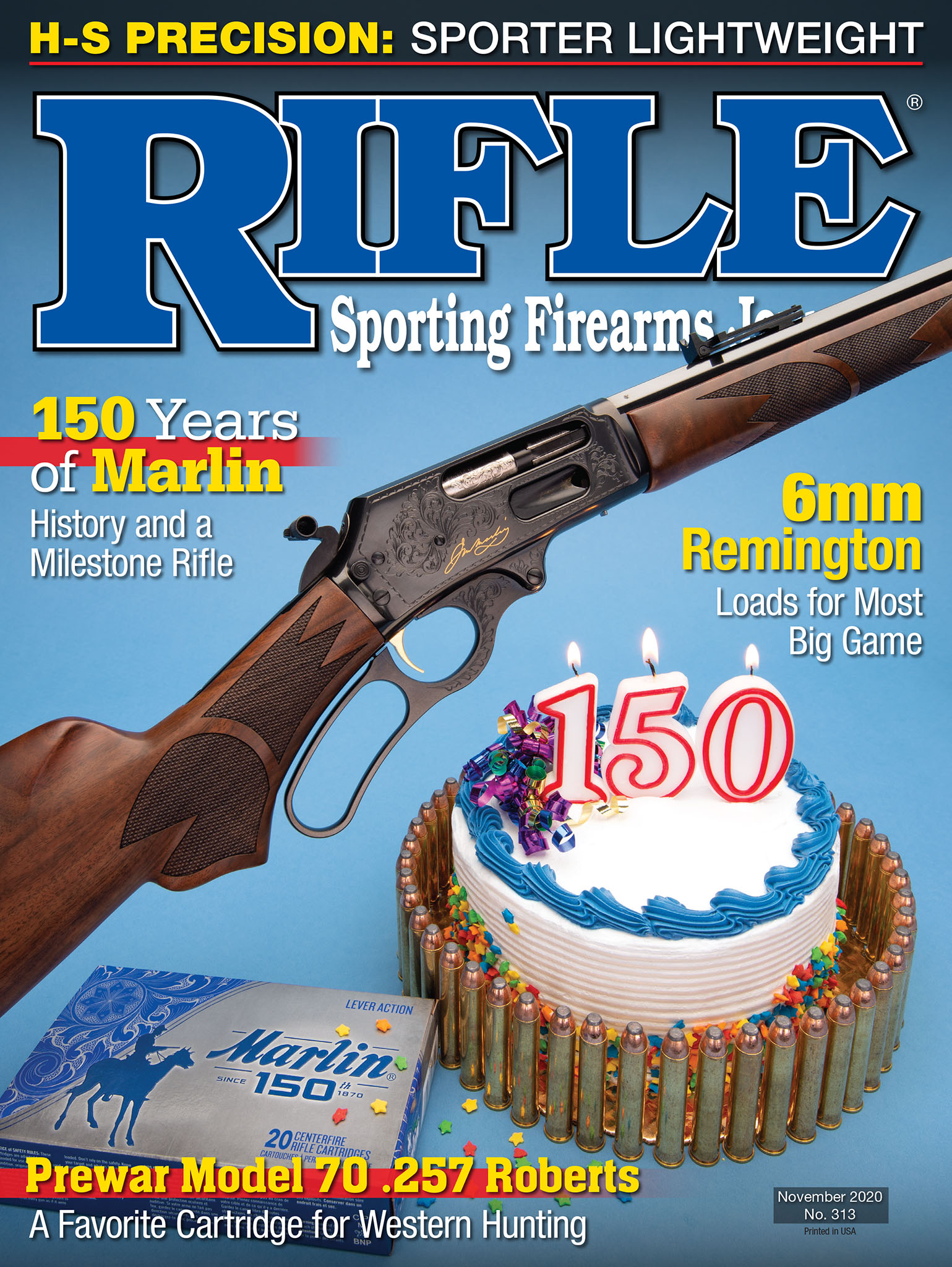150 Years of Marlin
Complete Hisory and a milestone Rifle
feature By: Brian Pearce | November, 20

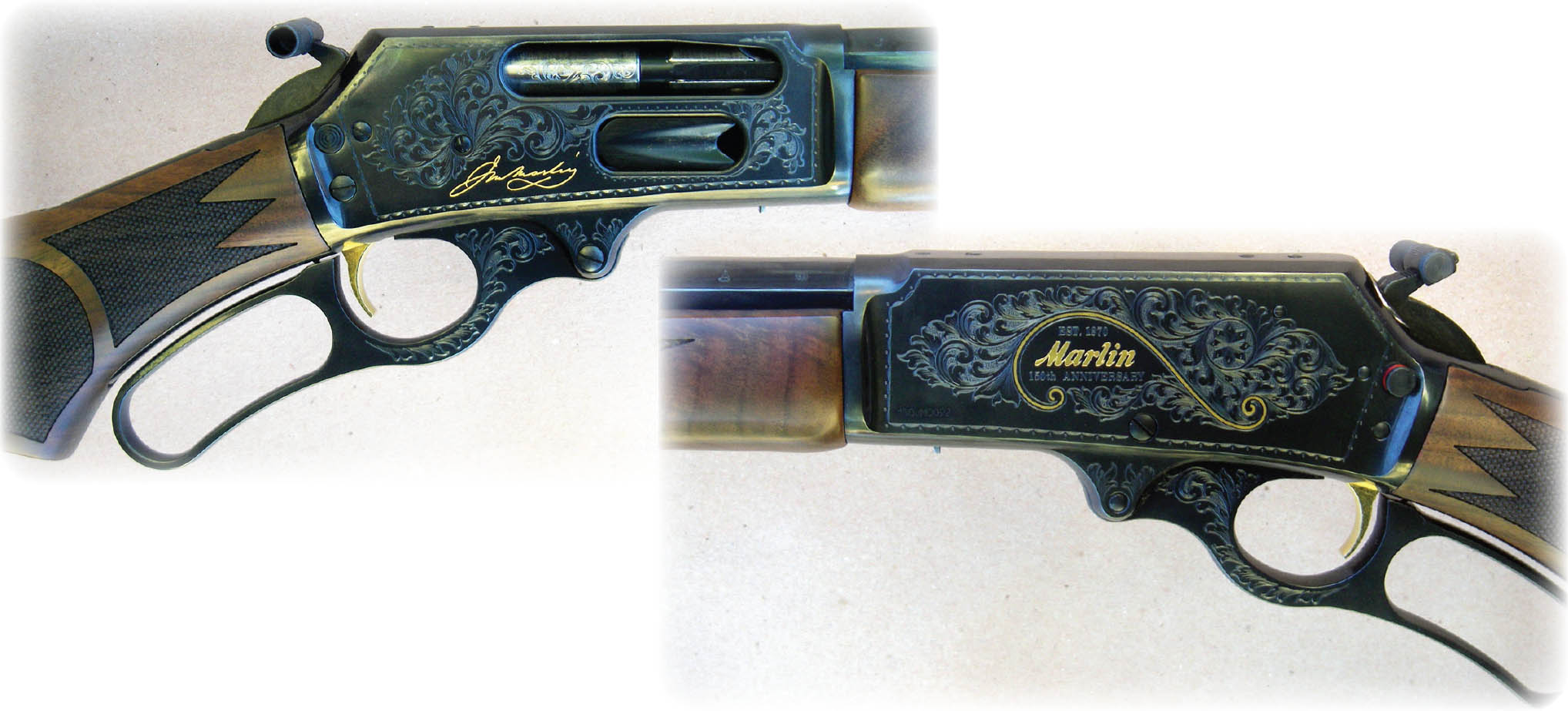
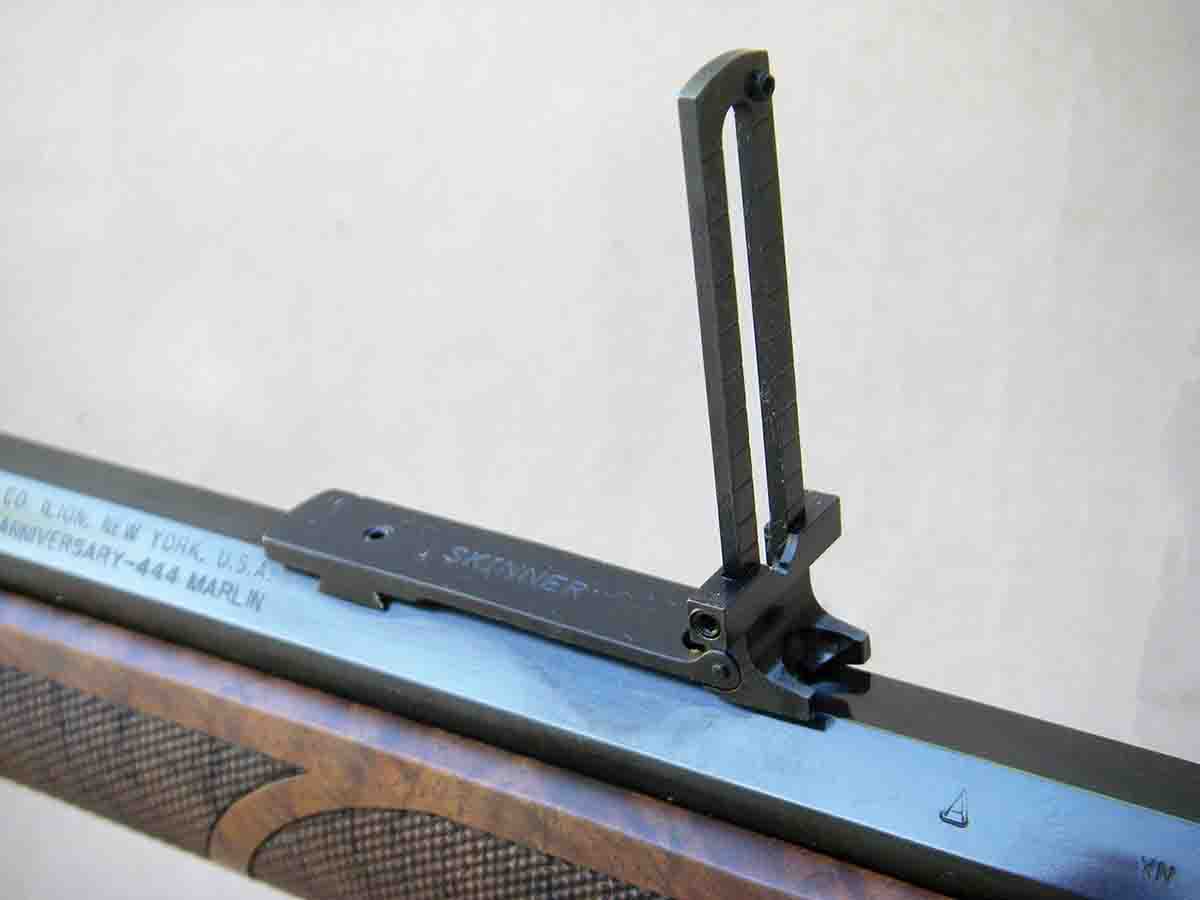
Today, the demand for quality, and reliable leverguns is overwhelming, and Marlin production is in a continual back-order mode. Marlin has survived wars, the Great Depression, more wars, changes in ownership, and in 2010 a move to Ilion, New York. Today, Marlin offers lever-action rifles that appeal to traditional rifleman and hunters,
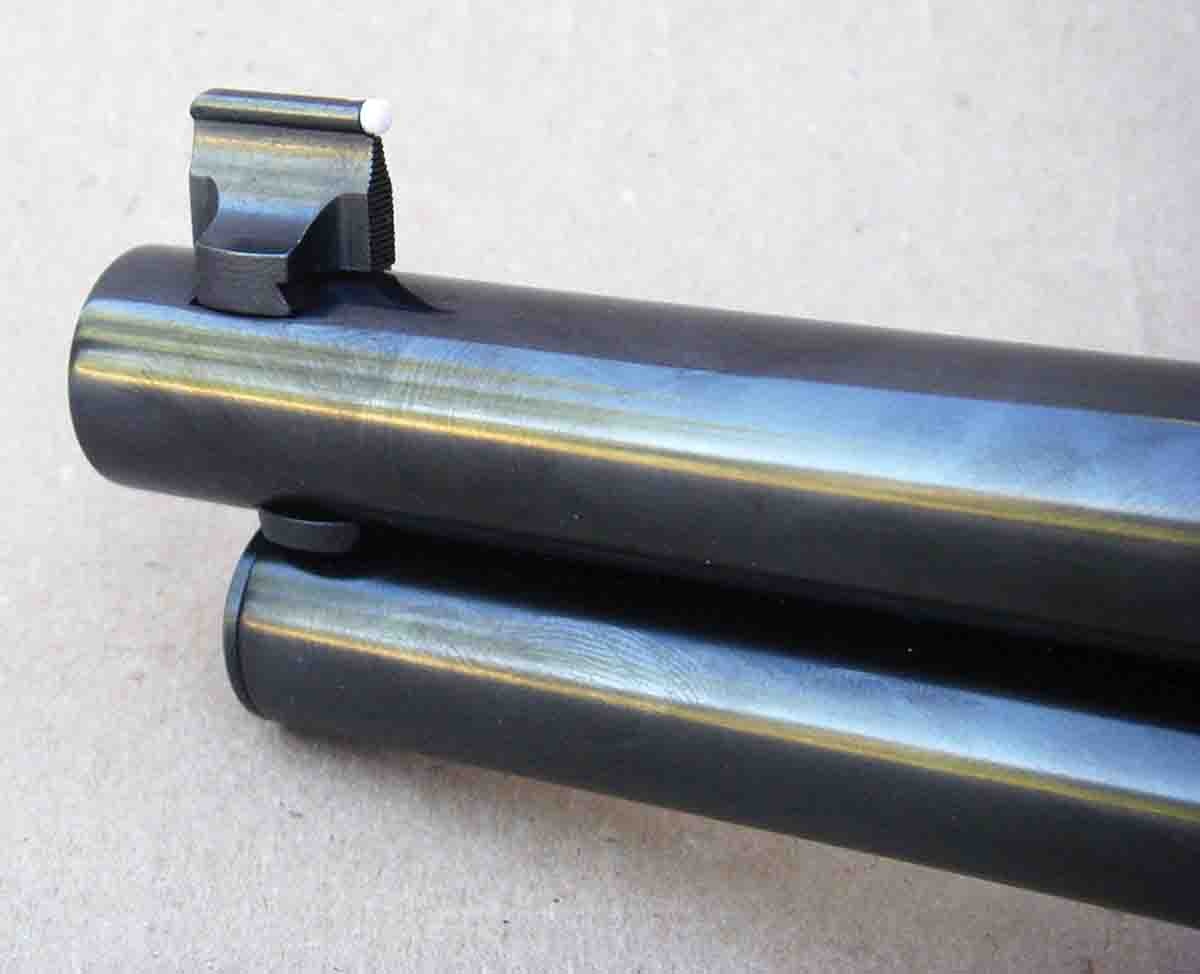
Marlin’s early life history is a bit sketchy. Records indicate that he worked as a machinist and tool and die maker for Colt during the Civil War, or at least through 1863. His occupation was listed as “pistol maker” from 1863 through 1870, when he officially started Marlin Fire Arms Company (which in the 1880s became the Marlin Firearms Company). His experience and skills allowed him to make the tooling necessary to manufacture his own firearms.
Marlin always focused on building a quality product and by 1875, began producing the legendary Ballard single-shot rifle, which had a stellar reputation on target ranges, but Marlin managed to make significant improvements to the design.

Marlin was ambitious and set out to not only compete with Winchester with a new lever-action rifle, but surpass the company. With the shared patents of H.F.

Marlin recognized high demand for rifles chambered for .44-40 and similar cartridges and began working on the Model 1888. This lever action also featured top ejection and boasted of several mechanical improvements over the Model 1881, and it sold for a comparatively modest $19.50.
Still not satisfied, J.M. and his engineers almost immediately began working to further improve function, durability and strength, and to further distinguish their design from Winchester. While strength may not have seemed overly important with period black-powder ammunition, that was about to change, as U.S.-produced smokeless powder ammunition was less than three years away.


The side ejection feature was also advantageous, as cases exited to the right side and out of the line of sight of the shooter. The Model 1889 offered excellent shooter protection in the unlikely event of a ruptured case. Tests were conducted wherein cases were precut at several areas to duplicate case failure or rupture, and no gases ever reached the shooter. Marlin soon began offering top-mounted aperture receiver sights (Hepburn Receiver Sight) in a similar fashion as popular present day sights from Skinner Sights and XS Sights. The solid top receiver would also eventually become popular for scope mounting.
The Model 1889 was known appropriately as “The New Safety Repeating Rifle.” It sold for $17.50 for the basic saddle ring carbine and $18.00 for round barrel rifles. Both were huge successes. Marlin offered it with almost unlimited special order features, including high-grade wood, octagonal barrels, custom barrel lengths, half-
.jpg)
Marlin next developed the Model 1891, which was its first lever-action rimfire and the first repeater to accept .22 Short, .22 Long and .22 Long Rifle cartridges interchangeably – it was also chambered in .32 rimfire. Exhibition shooter Annie Oakley (and many others) quickly recognized the virtues of this particular model – accuracy, speed, long-term reliability – and often used it to perform remarkable feats. For example, on March 10, 1893, “Little Miss Sure Shot” placed 25 shots into a single ragged hole at 36 feet in 27 seconds!
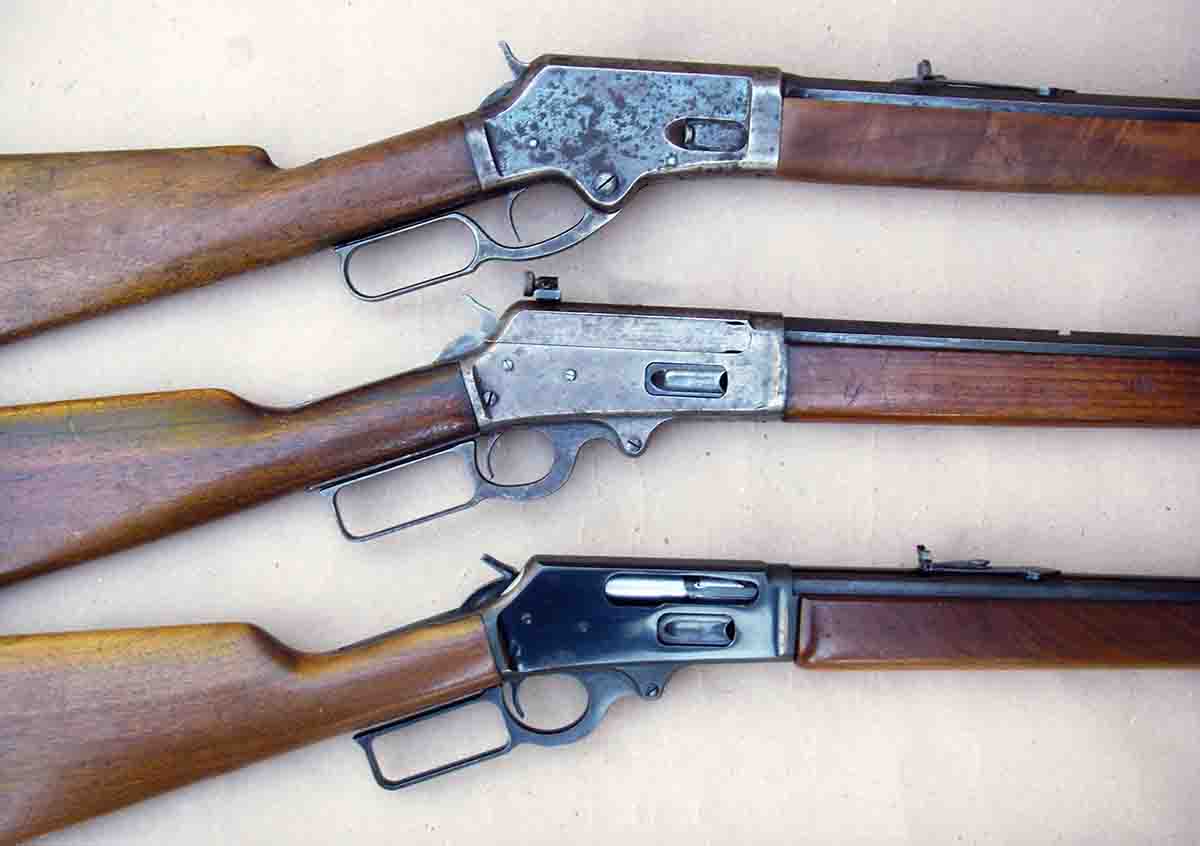
Marlin sought further improvements to the Model 1889, so engineer L.L. Hepburn obtained patents for a two-piece firing pin that prevented the rifle from firing if the trigger was pulled prior to the finger lever and breech bolt being fully closed. And the locking bolt system was further strengthened. These features are present on all modern Marlin leverguns.
These improvements were present when the Model 1893 appeared, which was something of a “stretched” Model 1889 designed specifically for the .32-40 and .38-55 cartridges, but it was soon chambered for the smokeless .25-36, .30-30 and .32 Special cartridges. In spite of Winchester having a strong relationship with noted inventor John Browning, who designed the Models 1886 and 1892 for them, Marlin nonetheless beat them to the punch with a lever-action repeater designed for the above medium-action cartridges. Winchester responded with the Browning designed Model 1894 a year later. Marlin was clearly a worthy competitor.
The Model 1893 became the Model 93 in 1905, then the Model 1936 in that same year, but that was soon changed to Model 36. The Model 1893 and all of its descendants featured forged receivers with beautiful case coloring, but unfortunately, toward the end of Model 36 production the receivers were blued rather than case colored.
.jpg)
After launching the Model 1893, Marlin introduced the Model 1894, an updated and improved Model 1889 designed for short-action rifle cartridges. Sales were strong; however, the trend was toward more powerful,
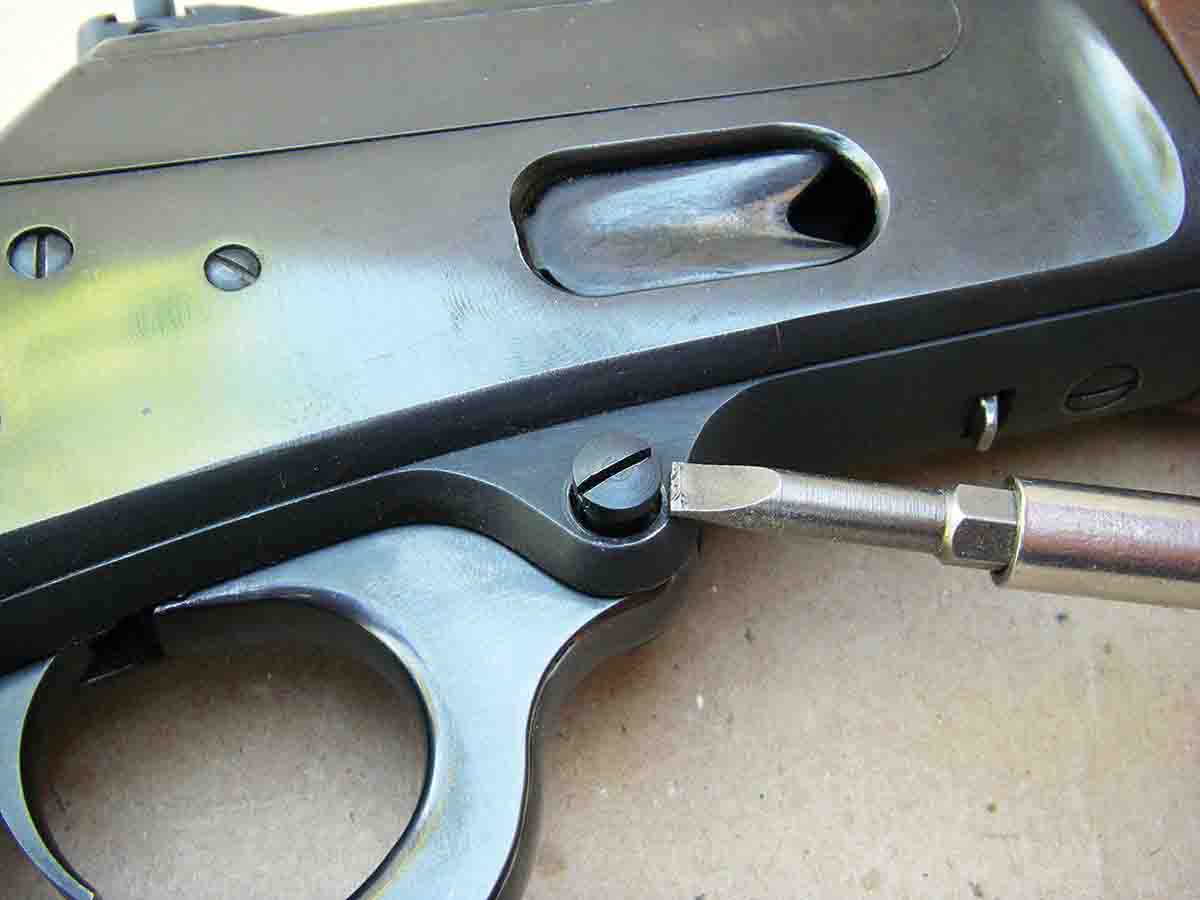
A modern Model 1894 .44 Magnum was introduced in 1969, with the .357 Magnum offered in 1979, which were both enthusiastically received by shooters and hunters. In the
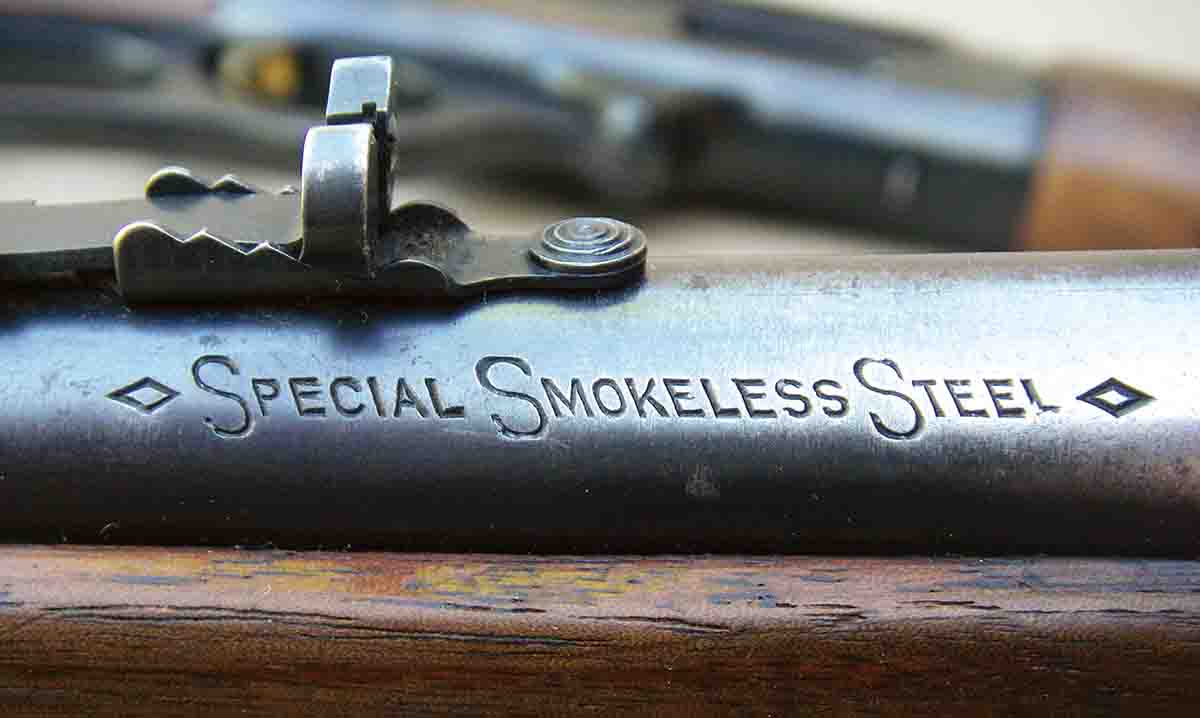
Wanting to replace and modernize the Model 1881, Marlin introduced the Model 1895 that same year with all the same improvements that had been given to the Models 1893 and 1894. It featured a large frame and was chambered in .33 WCF, .38-56, .40-65, .40-70, .40-82, .45-70 and .45-90. While it proved reliable and accurate, due to the trends toward small caliber, higher-velocity cartridges, it was discontinued in 1915.
Nonetheless, demand still existed for a powerful big-bore cartridge and Marlin introduced the Model 444 in 1964. The action was based on the 336. However, it featured a larger ejection port and other changes to accommodate the new cartridge.
While the .444 Marlin is a great cartridge, strong demand remained for the proven .45-70. In 1972, Marlin introduced a modern Model 1895 .45-70, which was an instant success and remains so today. It has found huge favor with big-game hunters and guides that need a potent cartridge for big bears, moose, etc. The modern 1895 is likewise based on the 336 action, but with the necessary engineering changes to accommodate the large cartridge.
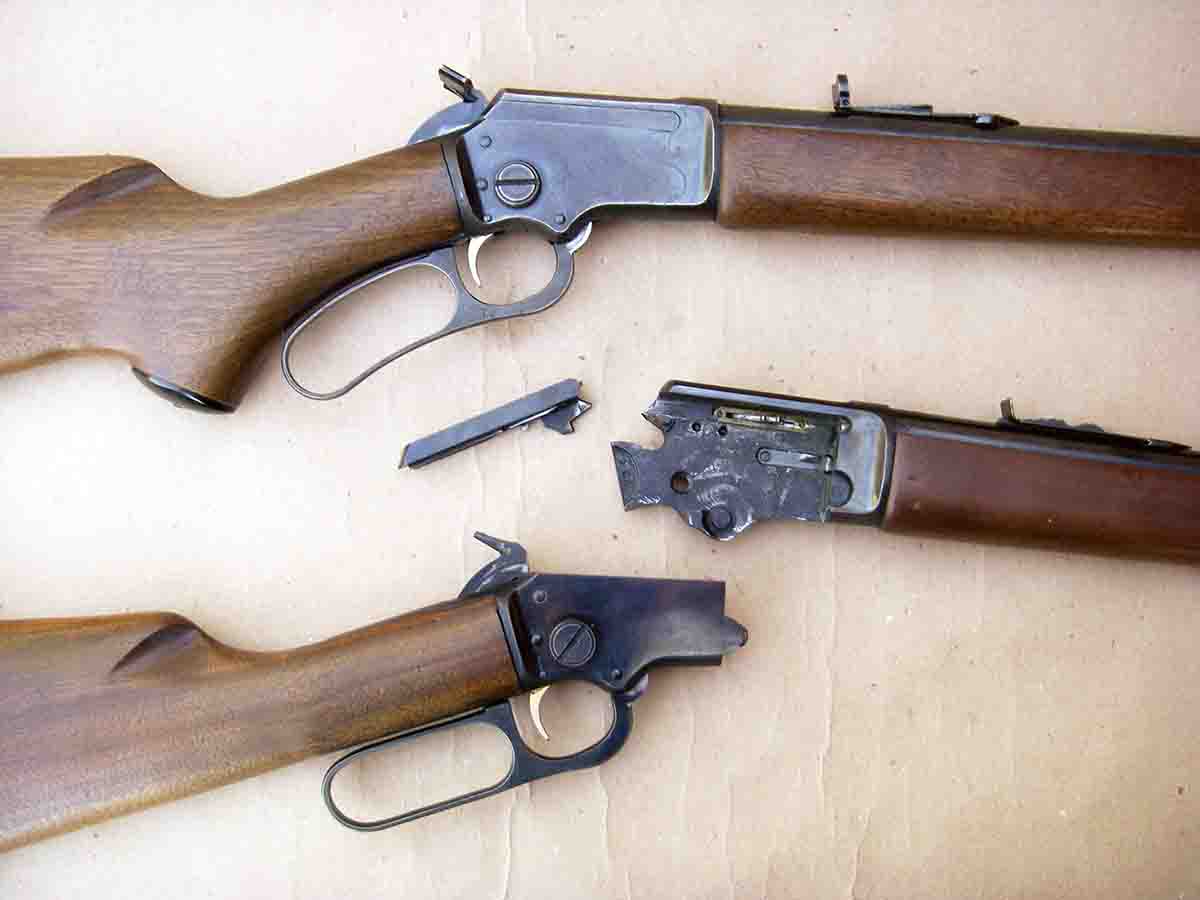
.jpg)
Marlin was purchased by Remington Arms in 2007, but in an effort to streamline production, operations were moved from New Haven, Connecticut, to Ilion, New York, in 2010. With the loss of almost all employees, quality immediately suffered. After developing new blue prints, adding extensive CNC tooling followed with much trial and error, it slowly began working back to former quality and reliability. Today, quality is good, and Marlin is selling every rifle it can manufacture.
This brings us to the “Model 444-150 Year Anniversary-444 Marlin” rifle, which is a real beauty. Production has not been determined but will probably be 1,000 to 1,500 units. It features a 24-inch half-round, half-octagonal barrel, a full-length magazine, Skinner Ladder rear sight and white bead front and a bright blue finish with a tastefully engraved receiver accented with gold highlights with the J.M. Marlin signature. The lever is a semi-pistol grip while the black american walnut stock is C Grade. It is certainly reminiscent of period rifles.
The Anniversary rifle has the smoothest action and best trigger pull I have seen from Marlin in the past decade, and it’s certainly on par with the best post-World War II guns that came out of New Haven.
The .444 Marlin (based on a rimmed .30-06 case with straight walls and tapered to accept .429/ .430-inch bullets) was introduced in 1964 and loaded with 240-grain JSP revolver bullets pushed to 2,400 fps. This was a poor combination that limited penetration. Today, factory loads from Hornady and Buffalo Bore are hugely improved and contain bullets that perform beautifully on big game. When loaded with various 270- to 335-grian bullets pushed between 2,100 and 2,300 fps, the .444 fully duplicates the .405 Winchester President Teddy Roosevelt referred to as his “lion medicine.”
Incidentally, a couple of years back, Marlin changed the barrel twist of .444 rifles from 1:38 to 1:20 with deep-cut Ballard-style rifling. The faster twist offers improved bullet stabilization for all normal weights, but especially 300 grains and heavier.
Marlin is offering 150th Year Anniversary ammunition in a blue box patterned after vintage boxes and is available in .30-30, .35 Remington, .444, .45-70, .357 and .44 Magnum.
The anniversary rifle proved accurate with loads from Marlin, Buffalo Bore and Hornady. With careful target selection and good lighting, groups hovered around one to 2 inches at 100 yards. The best group measured 1.10 inches and was fired using a handload that utilized Starline cases, CCI BR-2 primers and 52 grains of Hodgdon H-322 powder with the 300-grain Hornady XTP bullet for 2,205 fps.
It is remarkable that a basic lever-action design developed in 1889 is still in production and that every rifle that the company can produce is already sold. Clearly there is no substitution for a quality product that works.



